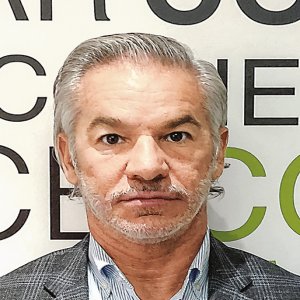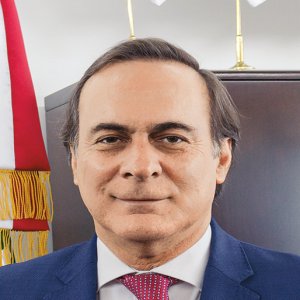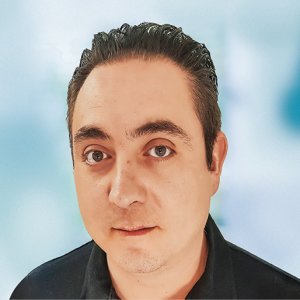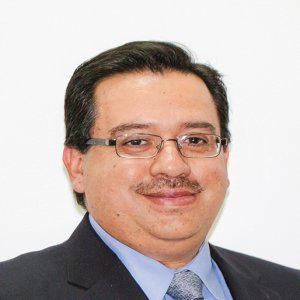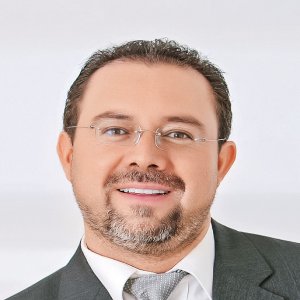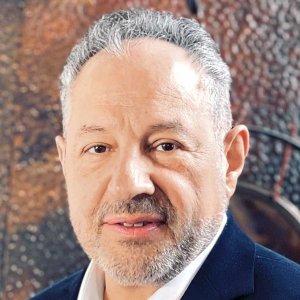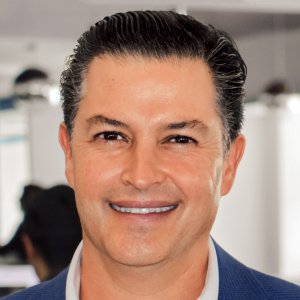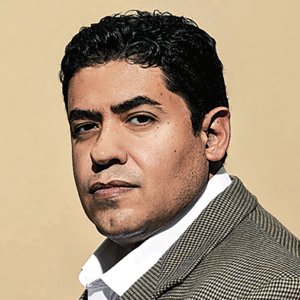Advanced Solutions Boost Segment Diversification

STORY INLINE POST
Q: What is Helmut Fischer’s strategy to automate measurement processes?
A: We are working to mount our metrology equipment directly on clients’ assembly operations. Helmut Fischer is in talks to automate some measuring processes at TRW’s and Lincoln Electric’s operations. We have also partnered with Autechnik, a Queretaro-based company that automates production lines. We provide the metrology technology and our partners automate the process using collaborative robots or measuring cells.
Helmut Fischer’s headquarters has worked to launch instruments that are friendlier to automation equipment and can be easily implemented. As an example, we want to replace wire-based probes with wireless sensors.
Q: How is Helmut Fischer changing its software to complement its equipment offering?
A: In terms of digitalization, Helmut Fischer develops new communication cards that make its metrology equipment compatible with data transmission protocols, such as Profibus or Profinet, that are integrated in ERP systems. This is a key step toward Big Data as our equipment can be escalated to decision-making systems. Helmut Fischer is also working to increase the flexibility of the software solutions of its measuring equipment to make sure that it can operate on several platforms.
Software solutions used to be largely centered on desktop applications but the growing adoption of smartphones has prompted Helmut Fischer to create apps to keep track of production. In Mexico, companies tend to prefer larger and more robust measuring equipment that are hard to misplace and can stand harsh conditions. As a result, the adoption of our app solutions has faced some resistance.
Q: How important are optic metrology technologies for Helmut Fischer’s Mexico operations?
A: In terms of optic metrology, Helmut Fischer has added pulsed-laser technology to its product portfolio. These products are still under development in Germany but their penetration in the Mexican market will depend on the introduction of new paints that can be measured with this technology. Helmut Fischer has also advanced in other types of optic metrology, such as X-ray fluorescence, which has been well-received in segments like jewelry. We expect the jewelry segment to increase in importance in 2019.
Q: How is Helmut Fischer working to improve regulations covering measurement equipment?
A: Helmut Fischer collaborates with the Mexican Metrology Center (CENAM) to update official norms for the jewelry segment, such as NOM-033-SCFI-1994. This process will result in new opportunities for Helmut Fischer to increase its visibility and sales among companies that need to characterize alloys and measure the caratage of their jewelry. As prices for this equipment fall, more small jewelry shops will gain access to our technology. This will enable these family companies to certify their products and start exporting.
Q: What opportunities have prompted Helmut Fischer to diversify the sectors it supports?
A: In 2018, we started to consider supporting the oil and gas industry but it will still take a while for this to come to fruition. However, the development of new product lines, including corrosion prevention instruments, will help us increase our presence in new sectors.
While we have some projects with automotive companies, their success will depend largely on the trade environment resulting from USMCA and new regulations for the sale of vehicles. Whether it is X-ray fluorescence metrology equipment, micro-indentation instruments or anodizing technologies, we will diversify our operations and continue training our staff.

